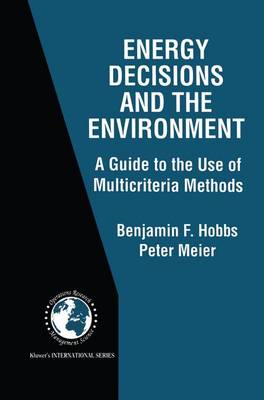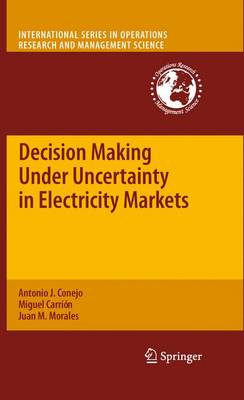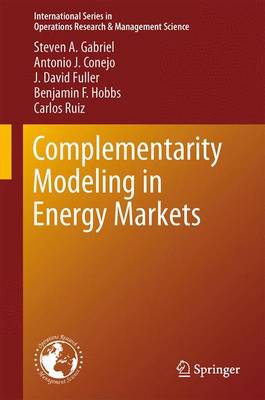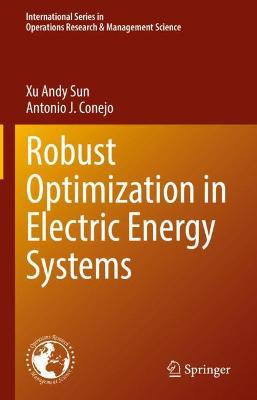International Series in Operations Research & Management Science
5 primary works
Book 28
Book 153
Decision Making Under Uncertainty in Electricity Markets
by Antonio J. Conejo, Miguel Carrion, and Juan M. Morales
Book 180
Complementarity Modeling in Energy Markets
by Steven A. Gabriel, Antonio J. Conejo, J. David Fuller, Benjamin F. Hobbs, and Carlos Ruiz
Book 205
Integrating Renewables in Electricity Markets
by Juan M. Morales, Antonio J. Conejo, and Henrik Madsen
This addition to the ISOR series addresses the analytics of the operations of electric energy systems with increasing penetration of stochastic renewable production facilities, such as wind- and solar-based generation units.
As stochastic renewable production units become ubiquitous throughout electric energy systems, an increasing level of flexible backup provided by non-stochastic units and other system agents is needed if supply security and quality are to be maintained.
Within the context above, this book provides up-to-date analytical tools to address challenging operational problems such as:
* The modeling and forecasting of stochastic renewable power production.
* The characterization of the impact of renewable production on market outcomes.
* The clearing of electricity markets with high penetration of stochastic renewable units.
* The development of mechanisms to counteract the variability and unpredictability of stochastic renewable units so that supply security is not at risk.
* The trading of the electric energy produced by stochastic renewable producers.
* The association of a number of electricity production facilities, stochastic and others, to increase their competitive edge in the electricity market.
* The development of procedures to enable demand response and to facilitate the integration of stochastic renewable units.
This book is written in a modular and tutorial manner and includes many illustrative examples to facilitate its comprehension. It is intended for advanced undergraduate and graduate students in the fields of electric energy systems, applied mathematics and economics. Practitioners in the electric energy sector will benefit as well from the concepts and techniques explained in this book.
Book 313
Robust Optimization in Electric Energy Systems
by Andy Sun and Antonio J. Conejo
This book covers robust optimization theory and applications in the electricity sector. The advantage of robust optimization with respect to other methodologies for decision making under uncertainty are first discussed. Then, the robust optimization theory is covered in a friendly and tutorial manner. Finally, a number of insightful short- and long-term applications pertaining to the electricity sector are considered.
Specifically, the book includes: robust set characterization, robust optimization, adaptive robust optimization, hybrid robust-stochastic optimization, applications to short- and medium-term operations problems in the electricity sector, and applications to long-term investment problems in the electricity sector. Each chapter contains end-of-chapter problems, making it suitable for use as a text.
The purpose of the book is to provide a self-contained overview of robust optimization techniques for decision making under uncertainty in the electricity sector. The targeted audience includes industrial and power engineering students and practitioners in energy fields. The young field of robust optimization is reaching maturity in many respects. It is also useful for practitioners, as it provides a number of electricity industry applications described up to working algorithms (in JuliaOpt).



